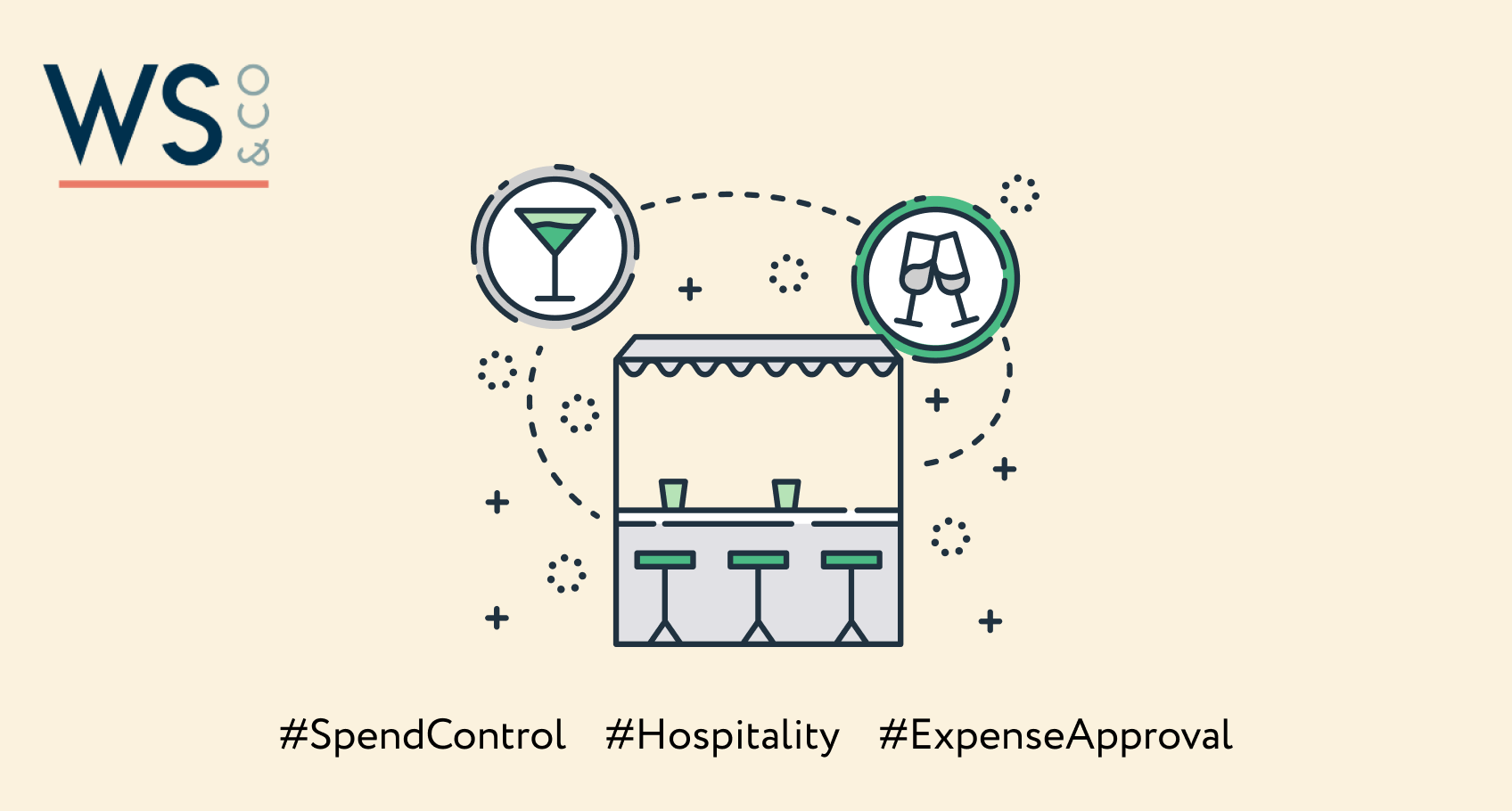Spend control in trying times: how to prevent non-essential spending in a multi-entity hospitality business

Williams, Stanley & Co is a UK-based accounting practice focused mainly on the hospitality industry, with 90 per cent of their clients being restaurants, bars and pubs. They provide accounting, bookkeeping and business advice services.
The growing need for spend control: a case study with a hospitality business
Spend control is all about getting a real-life picture of who spends what, when and why. Formal authorisation processes ensure that any spending is properly authorised by the appropriate people. Moving such processes to a digital environment facilitates efficiency and transparency, which is not only good for all types of businesses – depending on its maturity, scale and type, every single one will experience this necessity eventually. For many hospitality businesses it became a lot more urgent to establish spend control during the COVID-19 pandemic. Bars and restaurants worldwide are having a tough time: the lockdowns, finding new ways to keep going, for instance, by switching to delivering, and probably the most frustrating aspect of all – the uncertainty, as no one can predict when the conditions are going to improve.
Cutting and controlling expenses is even more crucial in the current circumstances. Purchases that are not essential for now can be postponed and only the best suppliers with the best prices will be chosen, but there still will be expenses. And these must be tightly controlled.
One of the hospitality clients of Williams, Stanley & Co decided to implement spend control when the COVID-19 pandemic hit: with furloughing and the overall situation, they have to look very closely at their spending and approve everything properly so that they always know exactly what’s happening on their bank account.
Before, they had an email approval process in place. However, when this client started to approve every single expense it became extremely complicated: for every approval, individual invoices had to be downloaded, put into .zip files and sent to a specific person because they wanted approvers to have copies of all invoices in front of them. Williams, Stanley & Co knew that there is a much better way of doing this, and implemented ApprovalMax.
Approval workflows for bars and restaurants
This client is a group of companies, and 9 out of 10 use ApprovalMax. Each one is getting tracked separately. All of them use the bill approval workflow; the approval rules for the bars differ from those for the restaurants. At the moment, the bars have a more complex approval system. In the first step, the General Manager approves all invoices. In the second step, the Operations Manager authorises all invoices that exceed 250 pounds. Invoices with an amount higher than 500 pounds go to the Finance Director; and if the amount is more than 1,000 pounds, they’re routed to the Company Directors. In this last step it is sufficient if either one of the directors approves.
When setting up an approval workflow in ApprovalMax, it’s possible to define who approves what – for example, but not necessarily, based on the invoice amount. To achieve a more granular approval workflow and split the responsibility between approvers, Xero tracking categories are useful. Alternatively, approver rules can depend on the respective accounts (GL codes). This flexibility enables businesses to set up approval workflows of any complexity, with the right people authorising the expenses they are responsible for.
Audit trail functionality for internal reporting and control
Although this hospitality business doesn’t use the audit trail feature for external audits, they find it extremely helpful for internal reporting and control. Before implementing ApprovalMax, it was difficult to check whether something had been properly approved before it was time to pay. And searching for approvals in email chains was certainly not efficient. Now, they open the audit trail and see exactly who approved when, and who initiated the purchase.
Mobile app and email notifications for better control over approval processes
Williams, Stanley & Co employees work in the ApprovalMax web interface when they set up or edit a workflow. Their client uses the mobile app in general, and the web interface when there are a lot of pending approvals. The automated email notifications work perfectly, they prompt the managers to get going and make their approval decision.

